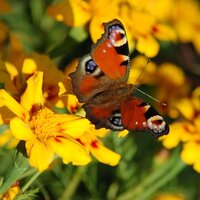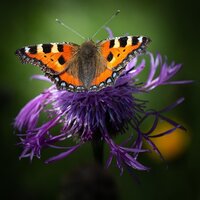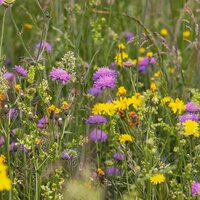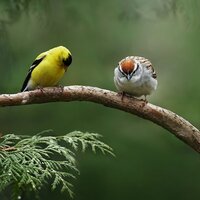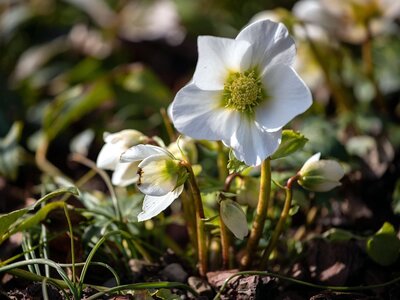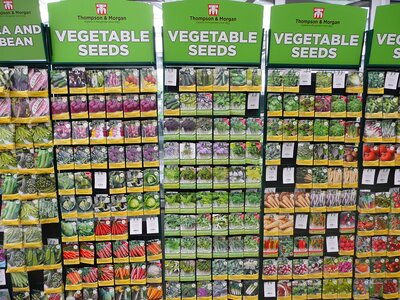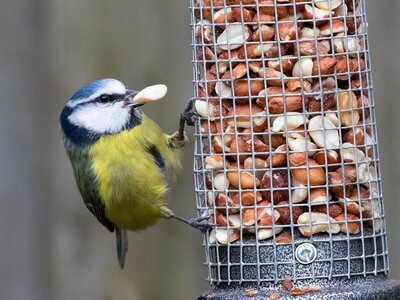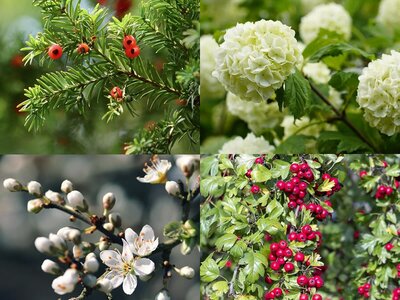Bring Your Garden to Life with Nature
If you’ve been following our series on different garden styles, you’ll know by now that there’s a garden for every taste and every space. Today, we’re talking about one that’s close to our hearts – the wildlife garden.
Whether you’ve got a sprawling countryside patch, a suburban lawn, or just a balcony with a few pots, you can create a space that supports birds, bees, butterflies and more. So pop the kettle on and let’s explore how you can turn your garden into a haven for wildlife.
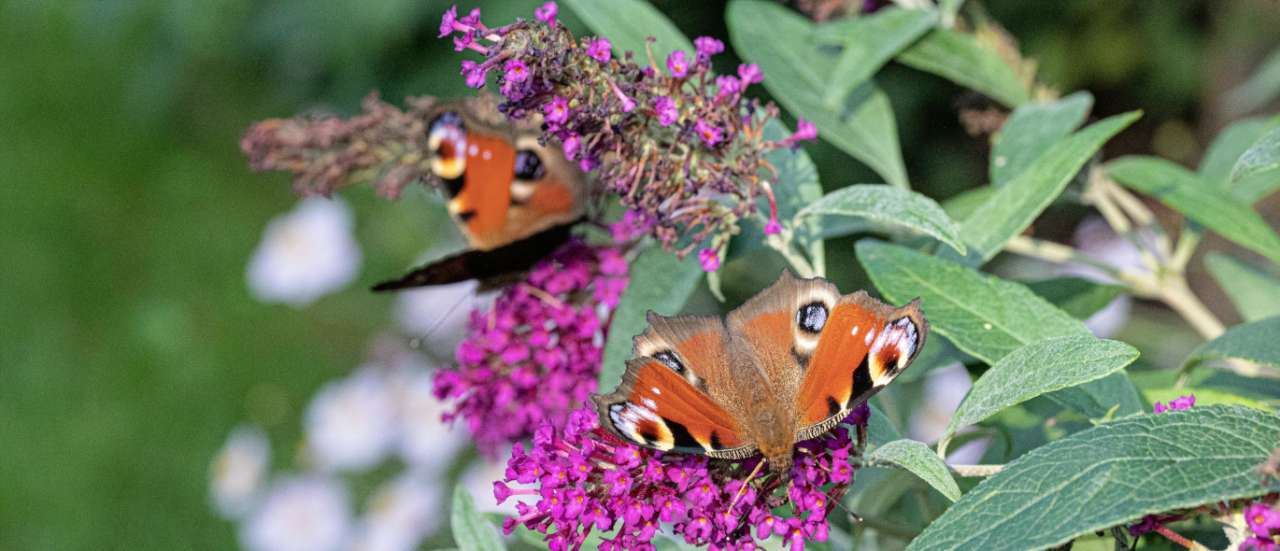 A buddleia is always a welcome addition to the garden and it's called a 'Butterfly Bush' for a reason - Photo by Volker Meyer (CC0) - Courtesy of Pexels
A buddleia is always a welcome addition to the garden and it's called a 'Butterfly Bush' for a reason - Photo by Volker Meyer (CC0) - Courtesy of Pexels
What Is a Wildlife Garden?
A wildlife garden is simply a garden that puts nature at the centre. It’s designed to attract and support a range of local wildlife, from pollinators like bees and butterflies, to birds, hedgehogs, frogs, and beneficial insects.
Unlike formal gardens, a wildlife garden is often a little more relaxed – think native plants, log piles, ponds, flowering weeds, and areas left just a bit wild. But that doesn’t mean messy! It means buzzing with life and brimming with purpose.
Why Are Wildlife Gardens Important?
In recent years, we’ve all become more aware of how vital our gardens are in supporting declining insect and bird populations. With wild spaces disappearing, our gardens are becoming mini nature reserves. Each one is a stepping stone for biodiversity.
- Support pollinators essential for food crops and ecosystems.
- Provide shelter and food for native birds, mammals and insects.
- Help control pests naturally with beneficial predators.
- Bring joy, interest and a real sense of connection with nature.
Can Anyone Have a Wildlife Garden?
Absolutely! You don’t need an acre of wildflower meadow to make a difference. Wildlife gardening works just as well on:
- A small lawn with a corner left unmown.
- A few containers of pollinator-friendly plants.
- A vertical garden or balcony setup.
- Even a windowsill box with nectar-rich flowers!
Every little bit helps – it’s about intention, not size.
Below are some suggestions on how you can support wildlife no matter what space you are working with:
Small Spaces / Balconies
- Use pollinator-friendly potted plants like lavender, thyme, sedum and nasturtiums.
- Add a small bug hotel (we stock some lovely handmade ones).
- Set out a shallow dish of clean water for birds and insects.
- Hang a window bird feeder for easy watching.
- You may also be interested in downloading the National Biodiversity Data Centre's guide: Pots for Pollinators
Medium Gardens
- Dedicate a corner for wildflowers or native grasses.
- Let your lawn grow in patches – even just between cuts.
- Plant flowering herbs and perennials like echinacea and verbena.
- Build a log pile or leave a few untidy areas for shelter.
Larger Spaces
- Create a mini-pond – even an old sink or basin can work.
- Add a native hedge for nesting birds and cover.
- Designate a proper wild patch with native wildflowers.
- Include fruit trees or flowering shrubs for blossom and berries.
Tip: Choose native plants whenever possible – Irish wildlife knows and loves them best!
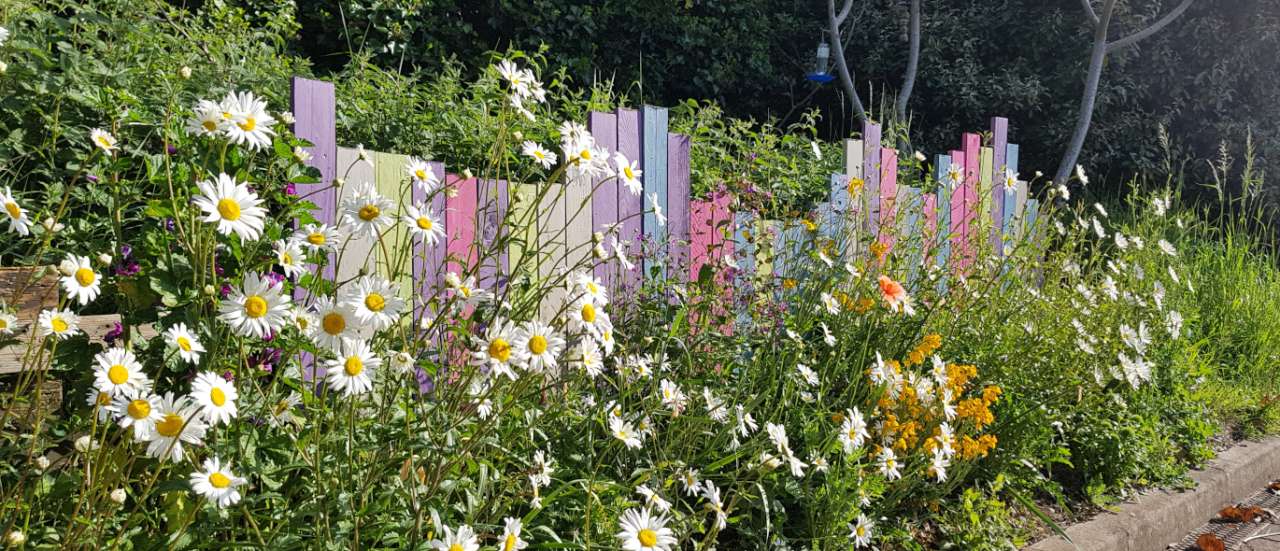 Planting a mix of wildflowers and pollinator-friendly plants like leucanthemums in a borders is a perfect way to bring beneficial insects into your garden - Photo by OurMikeGeorge (CC BY-SA 4.0) - Wikimedia
Planting a mix of wildflowers and pollinator-friendly plants like leucanthemums in a borders is a perfect way to bring beneficial insects into your garden - Photo by OurMikeGeorge (CC BY-SA 4.0) - Wikimedia
Top 12 Plants to Attract Pollinators & Beneficial Insects
- Buddleia (Butterfly Bush) – a magnet for butterflies.
- Lavandula (Lavender) – bees adore it, and it smells amazing.
- Achillea (Yarrow) – flat flower heads perfect for hoverflies.
- Sedum (Stonecrop) – late-season nectar source.
- Digitalis (Foxglove) – loved by bumblebees.
- Echinacea (Coneflower) – vibrant and pollinator-friendly.
- Salvia – long flowering, brilliant for bees.
- Thyme & Oregano – herbs with lovely flowers for insects.
- Primula veris (Native Cowslip) – early-season nectar.
- Scabiosa (Pincushion Flower) – beautiful and bee-magnetic.
- Hebe – hardy and loved by pollinators.
- Dill – a favourite for attracting ladybirds.
Features to Encourage More Wildlife
Beyond plants, adding a few key features can make your garden a real sanctuary:
- Log or stone piles – perfect for insects, frogs and hedgehogs.
- Bug hotels – ready-made or DIY with twigs, pine cones and bamboo.
- Pond or water feature – attracts frogs, newts, dragonflies and birds.
- Wild patch or no-mow area – gives insects space to thrive by creating a mini meadow using wildflower seed, or simply leave and area to grow freely.
- Fruit trees or berry bushes – feed birds and insects year-round.
- Bird feeders, nesting boxes & water bowls – simple ways to support local birds.
Even just a tiny pond or a water bowl topped up in summer can make a big difference!
 A home made insect hotel like this one can be any size and shape or you can buy them ready made from a garden centre such as ours - Image by Jana V. M. from Pixabay
A home made insect hotel like this one can be any size and shape or you can buy them ready made from a garden centre such as ours - Image by Jana V. M. from Pixabay
Final Thoughts
Creating a wildlife garden is one of the most rewarding things you can do. You’ll see more life, colour, movement, and song right outside your window. You’re helping nature, and nature – in return – will help your garden thrive.
If you’re not sure where to start, pop down to the garden centre for a chat. We’d love to help you pick the right plants or features, no matter how small your space or budget.
Let’s make Ireland's gardens buzz, flutter and bloom with life!
Share This Article
Help others create a wildlife garden too – share this article with your friends and neighbours!

